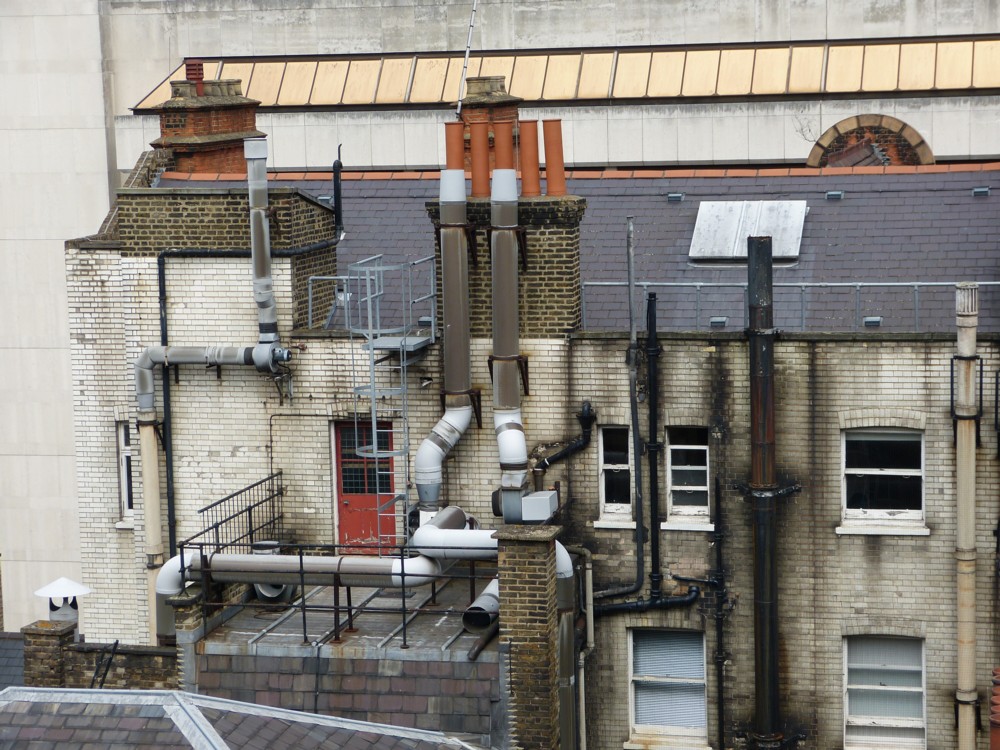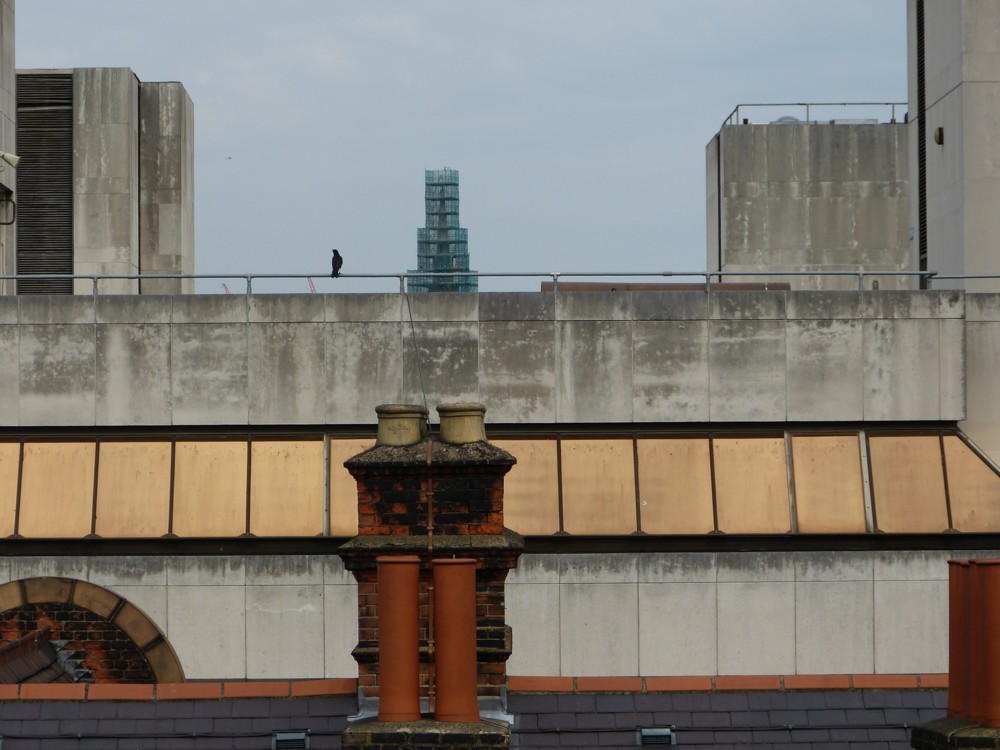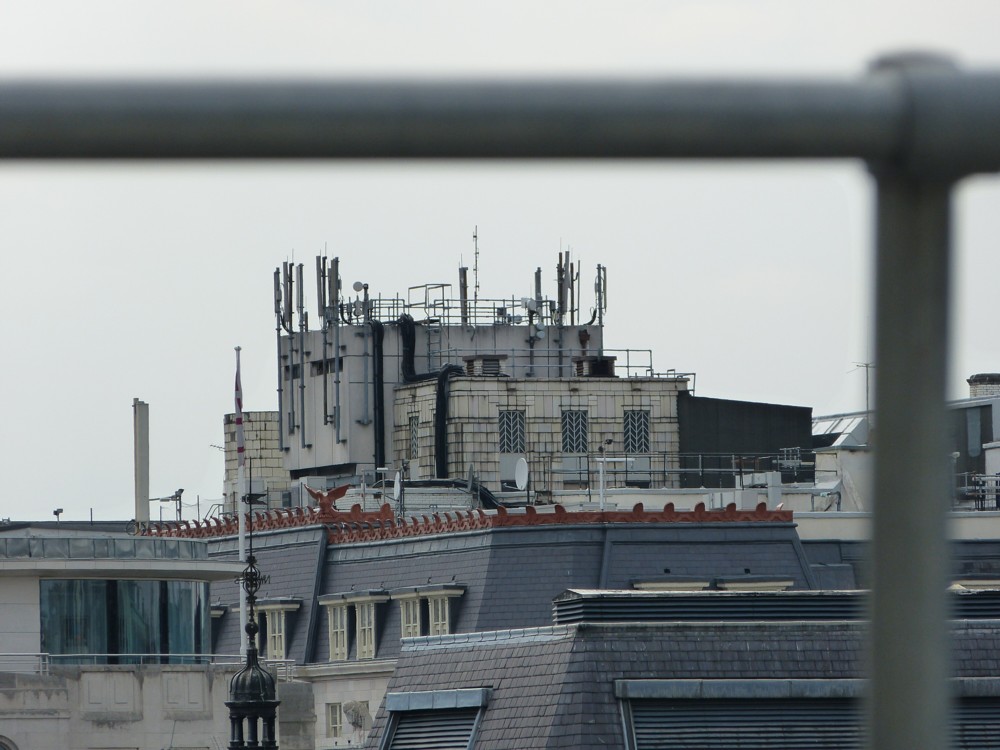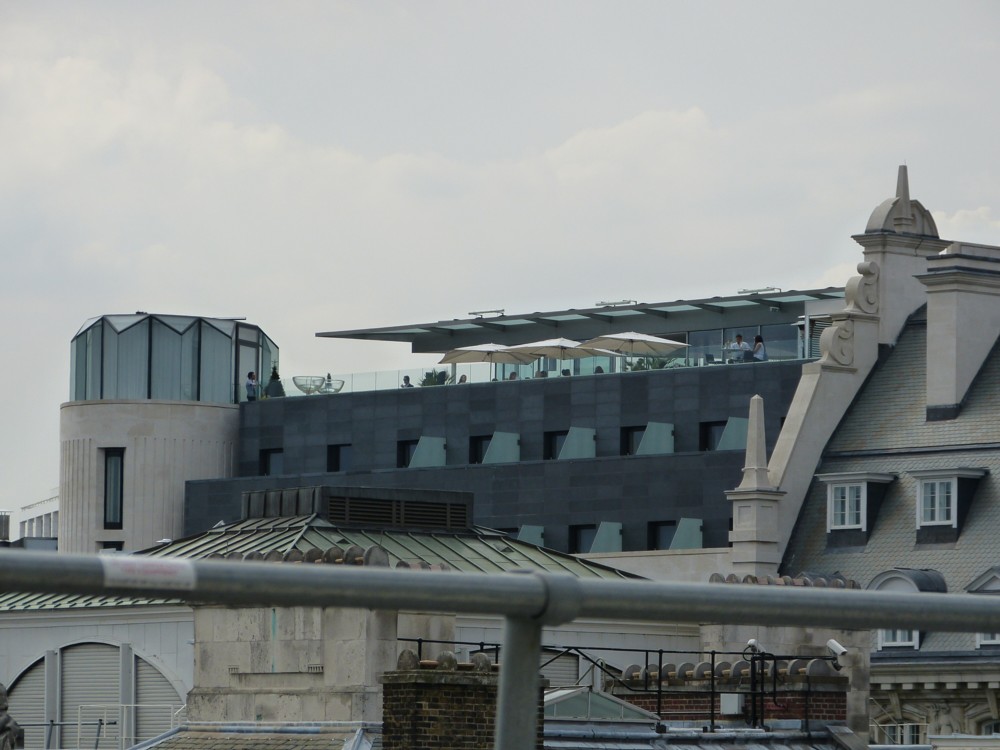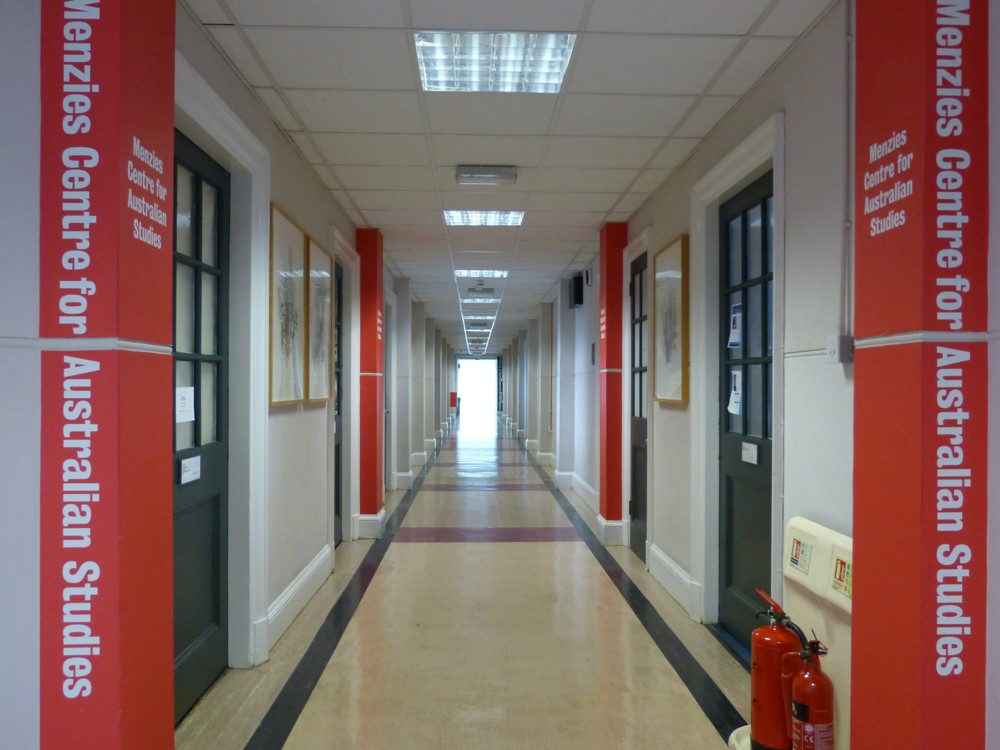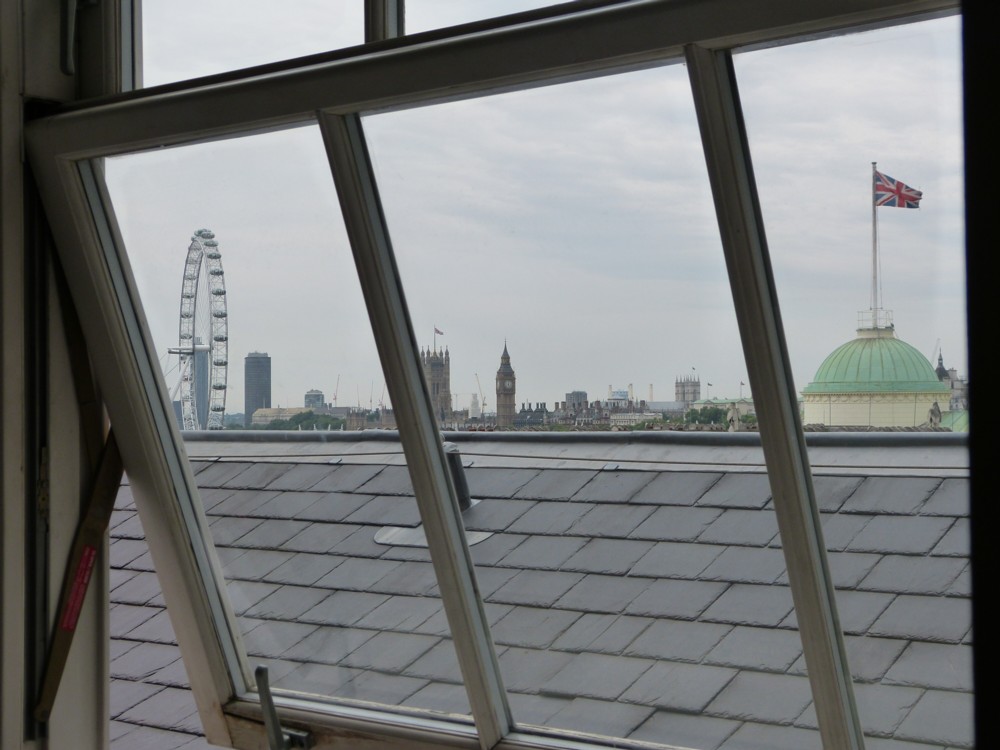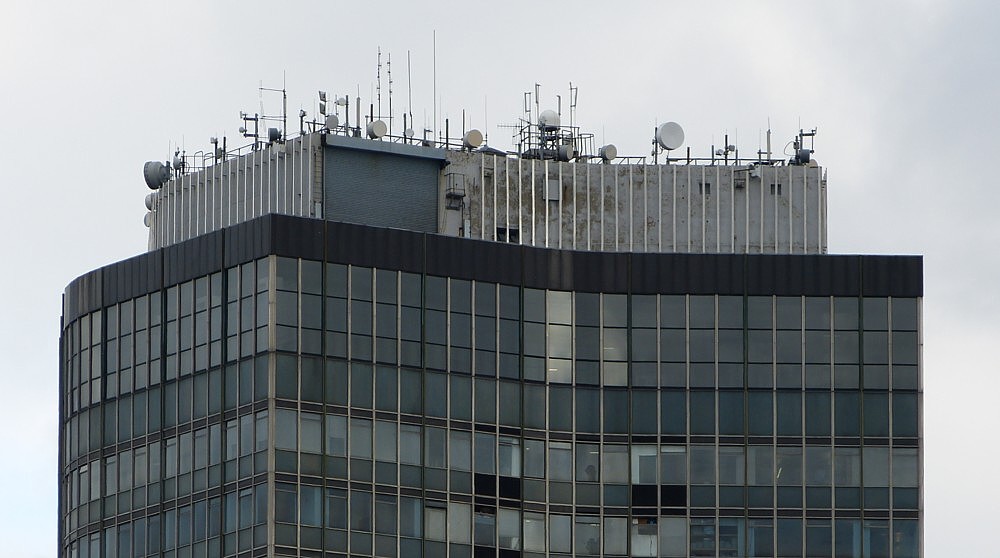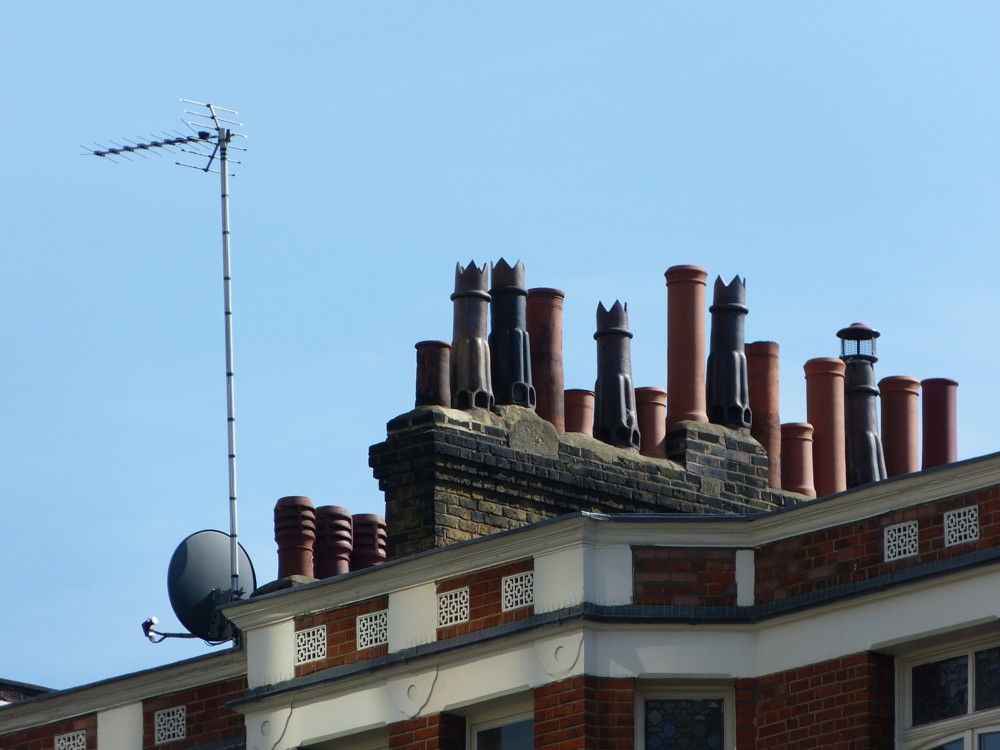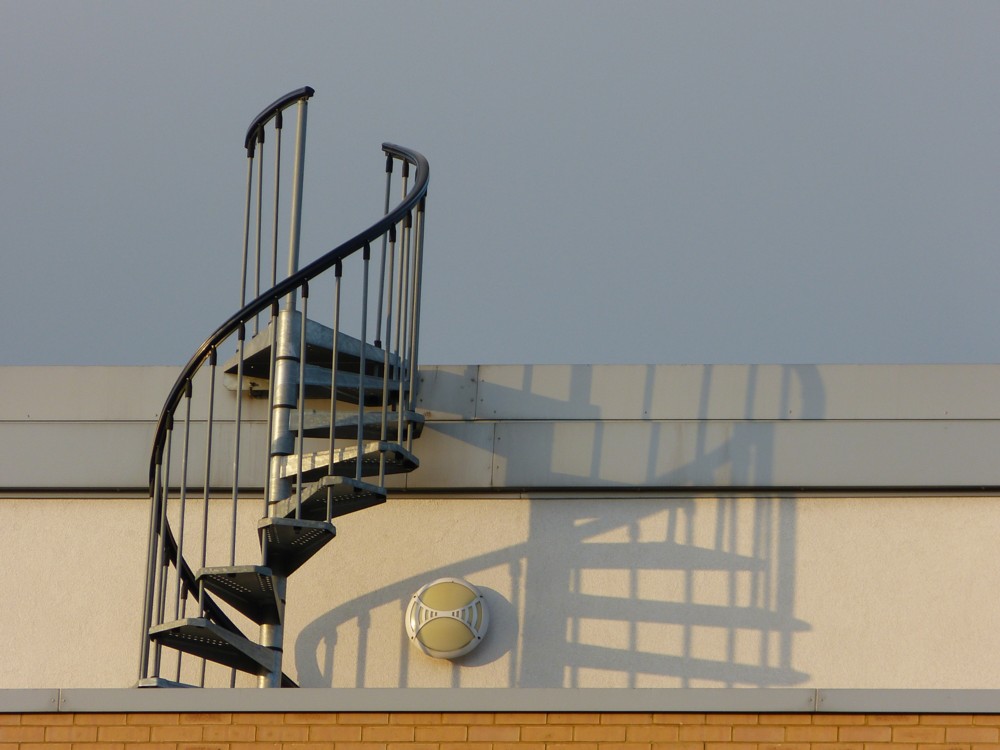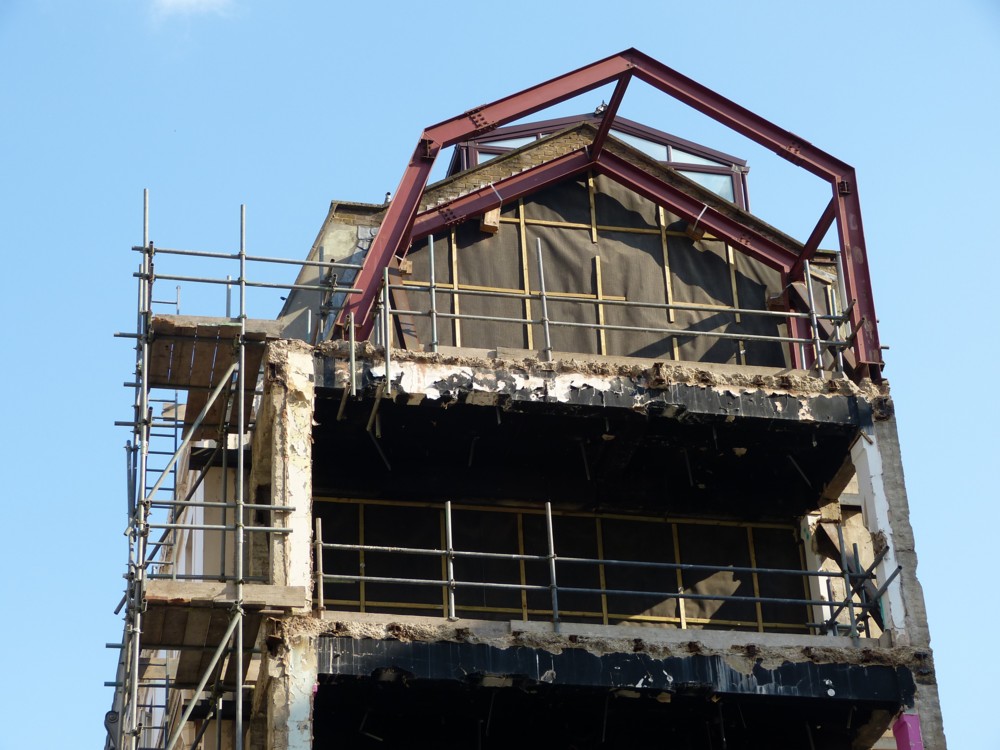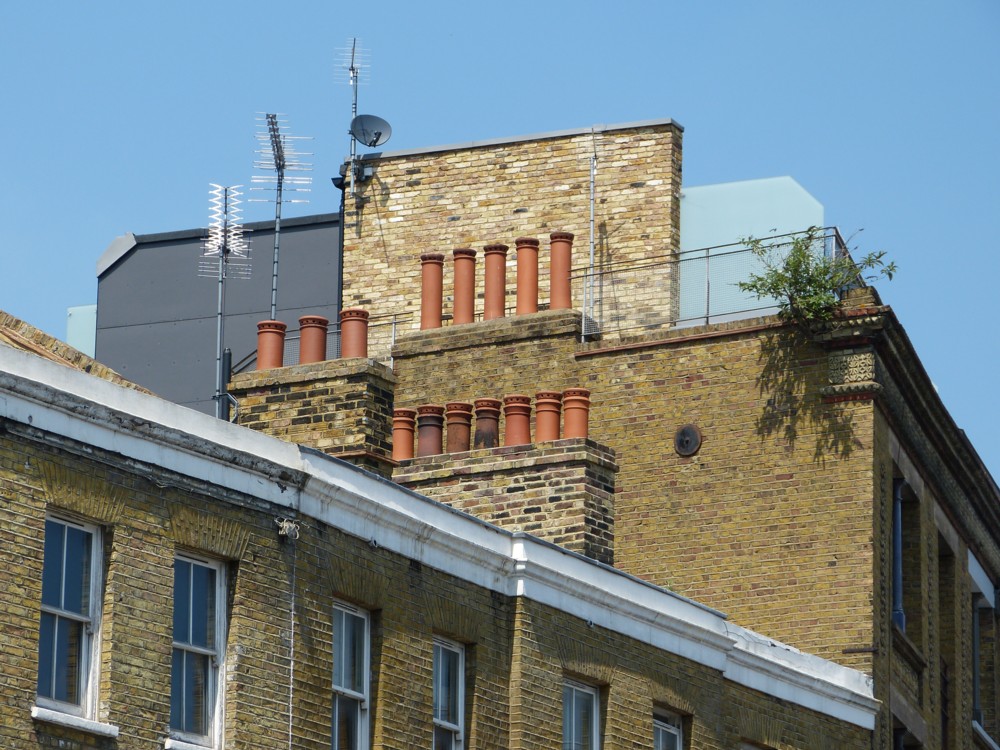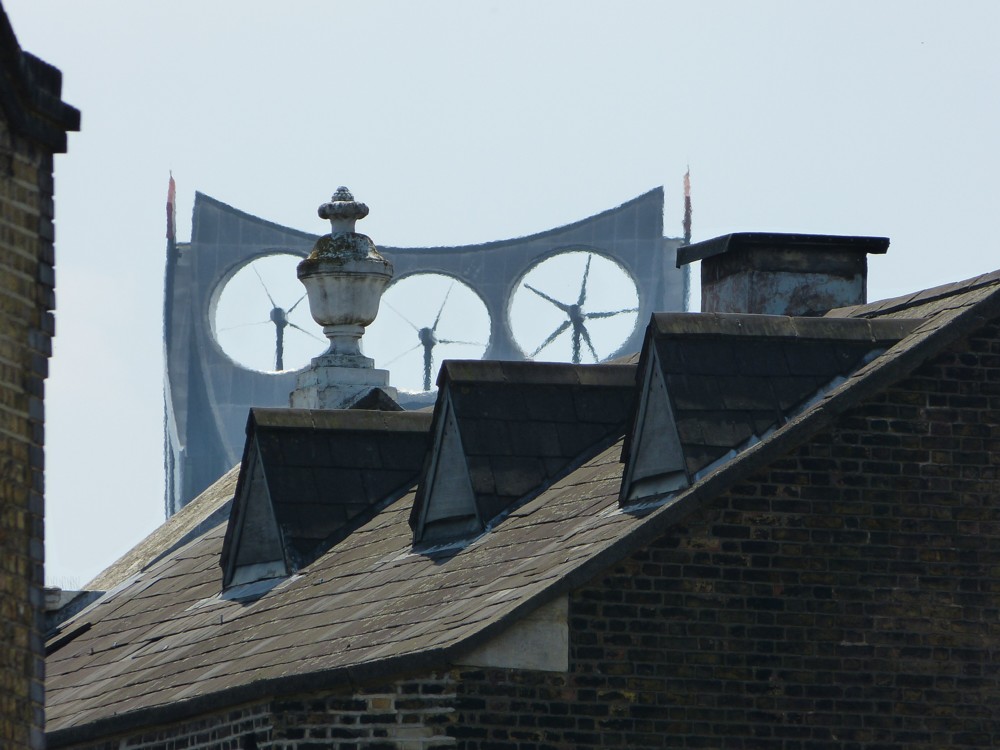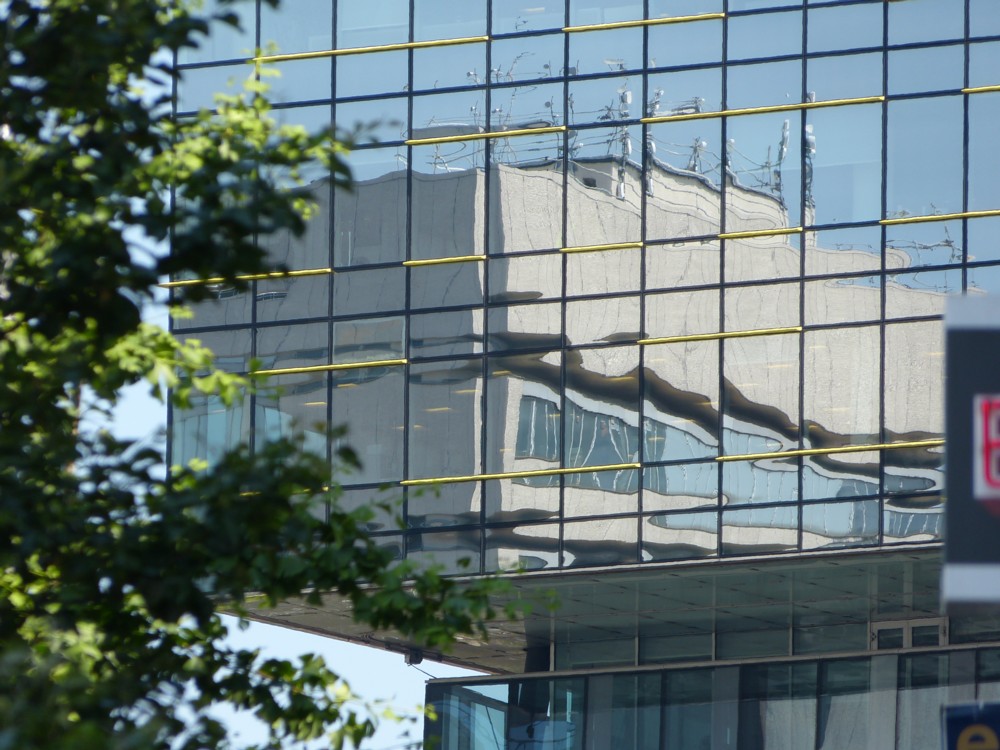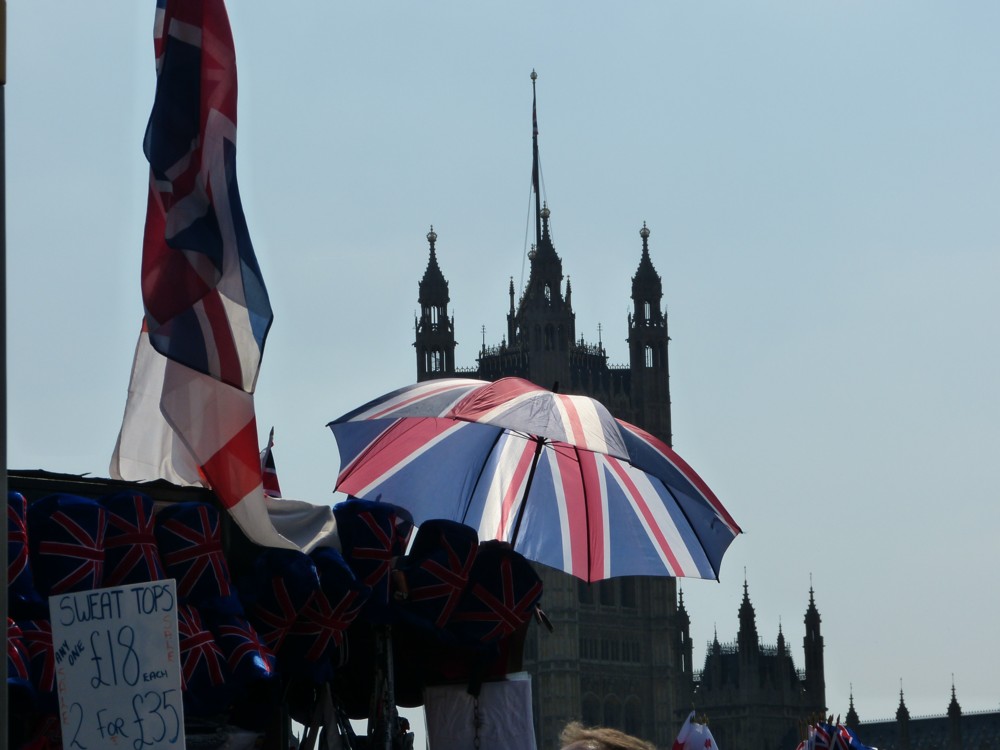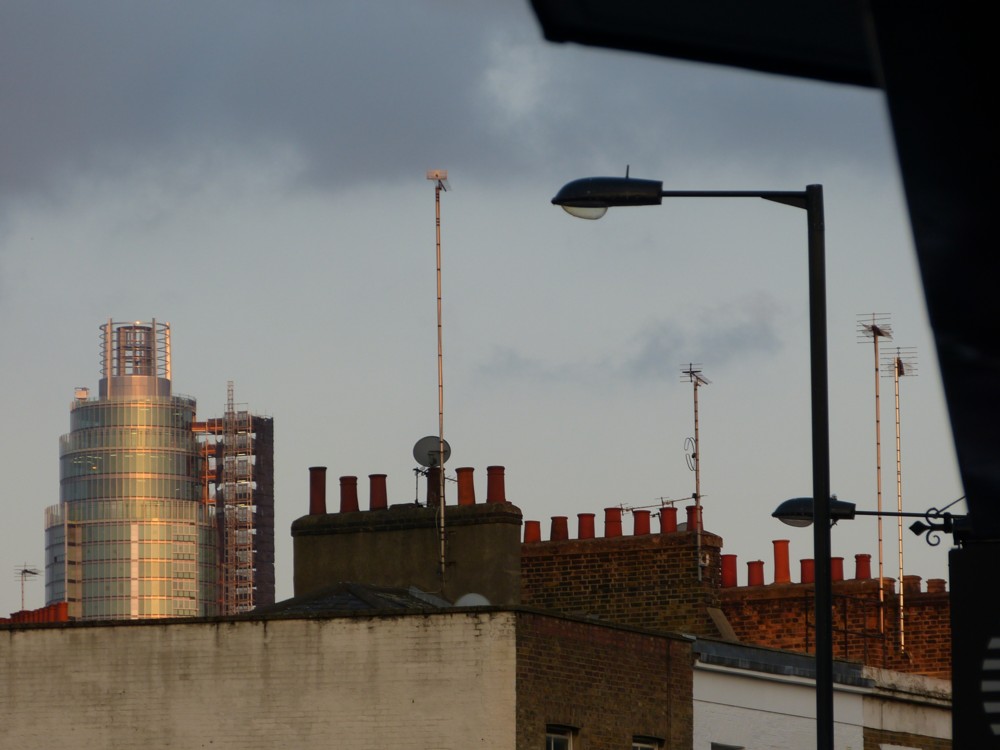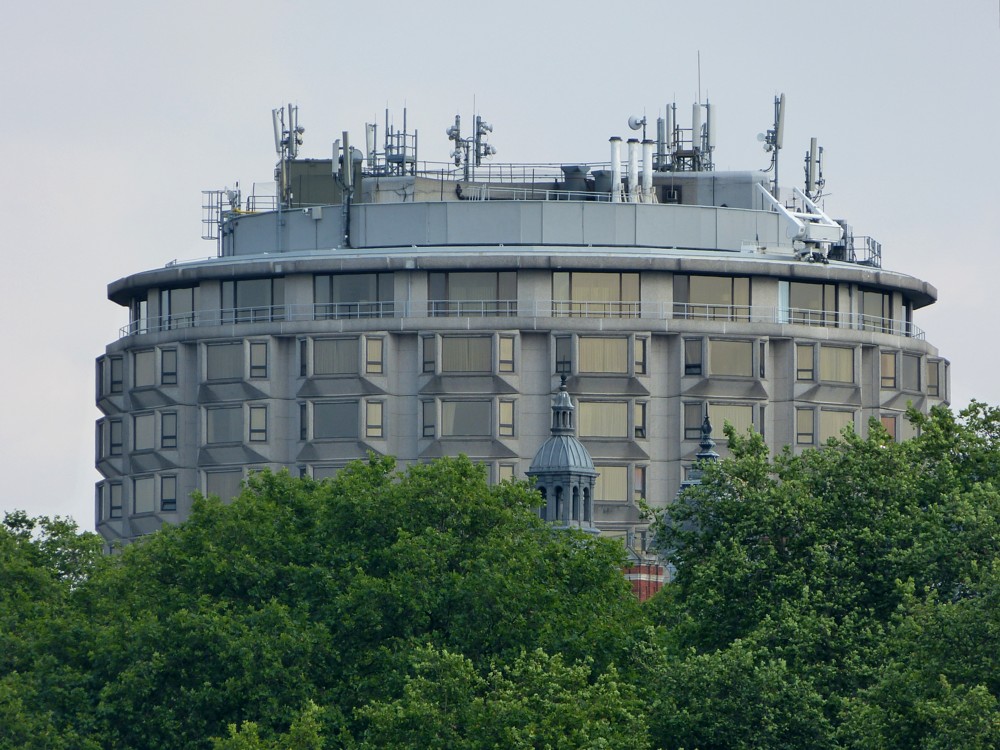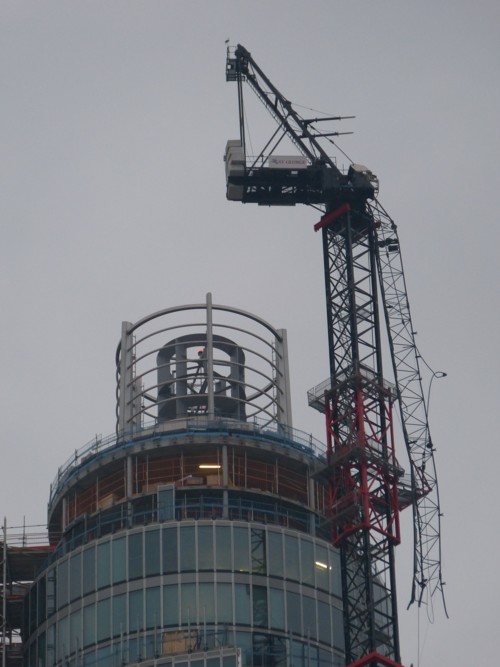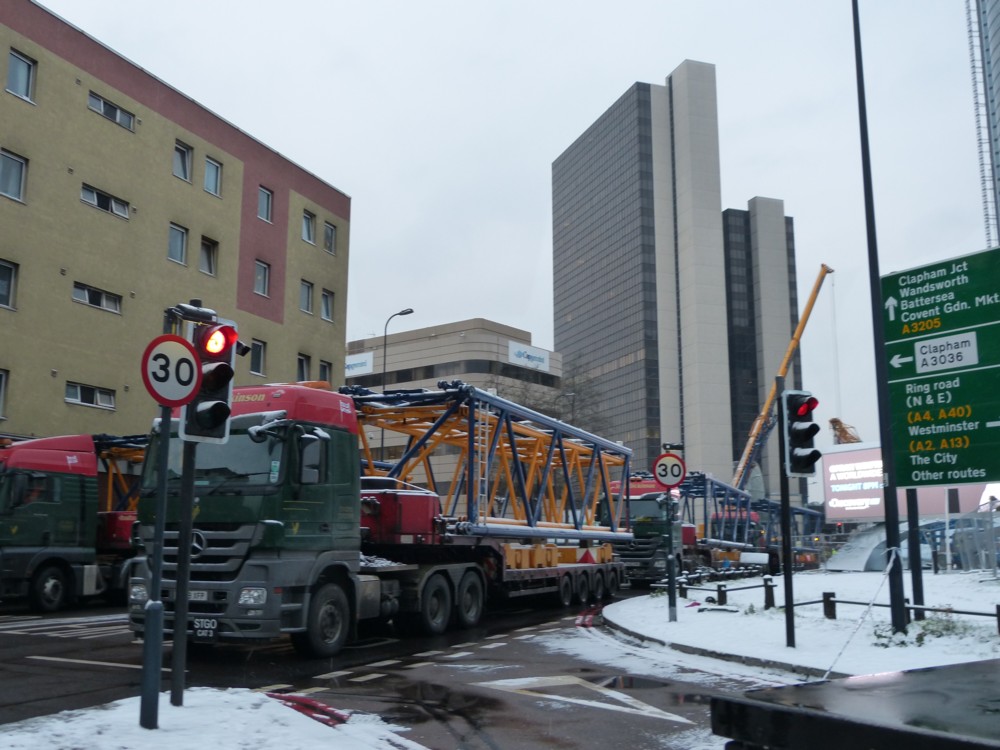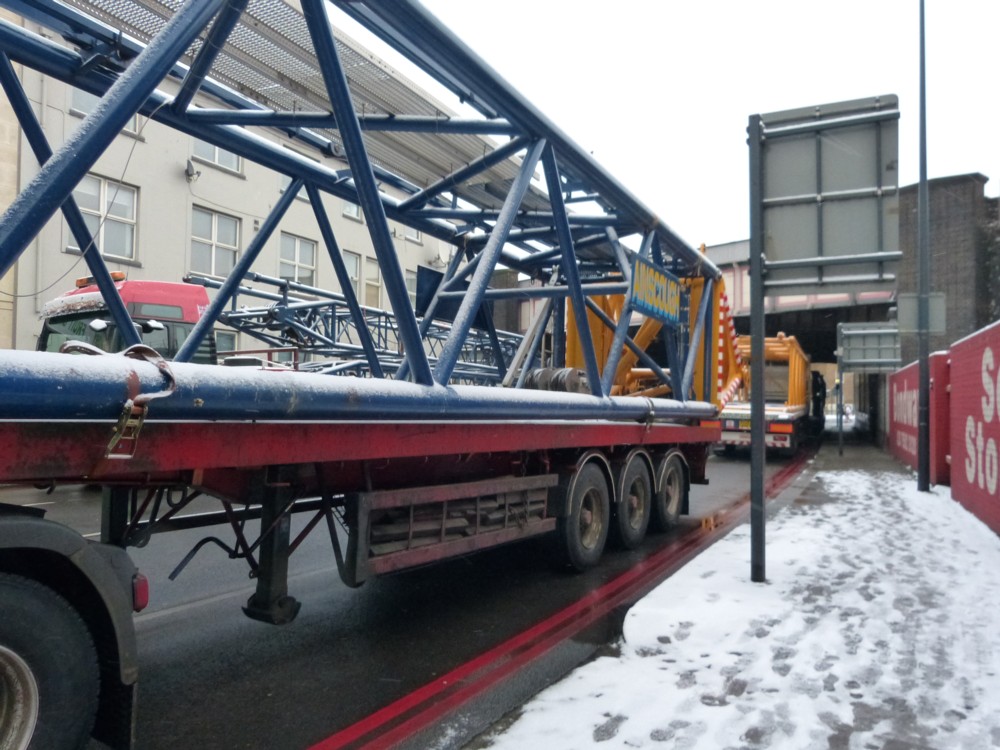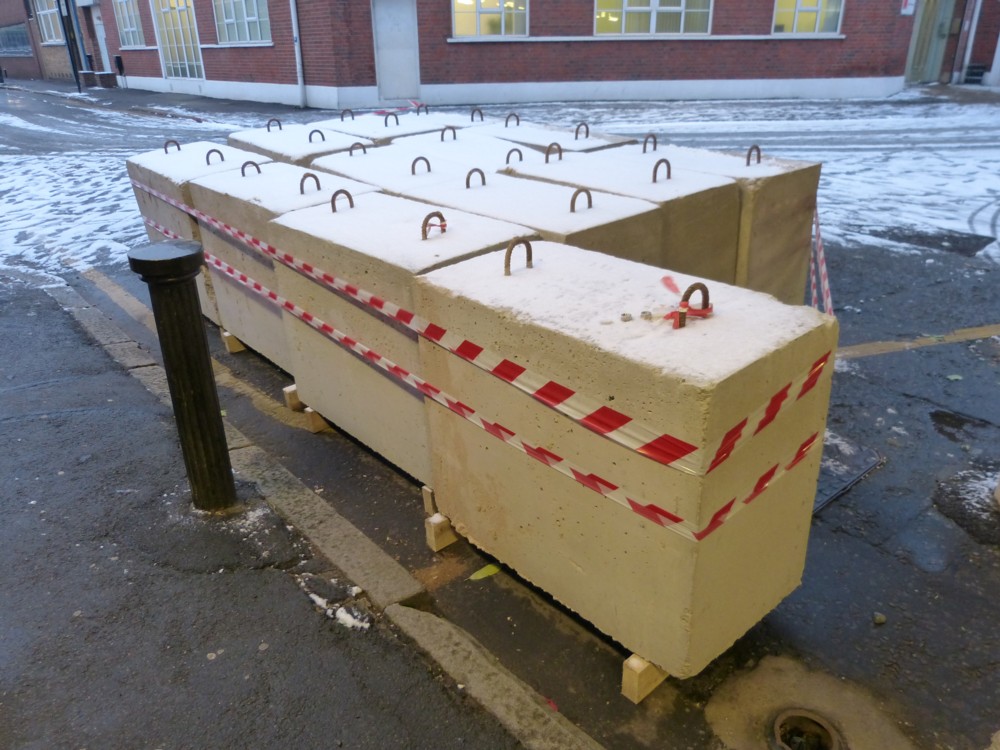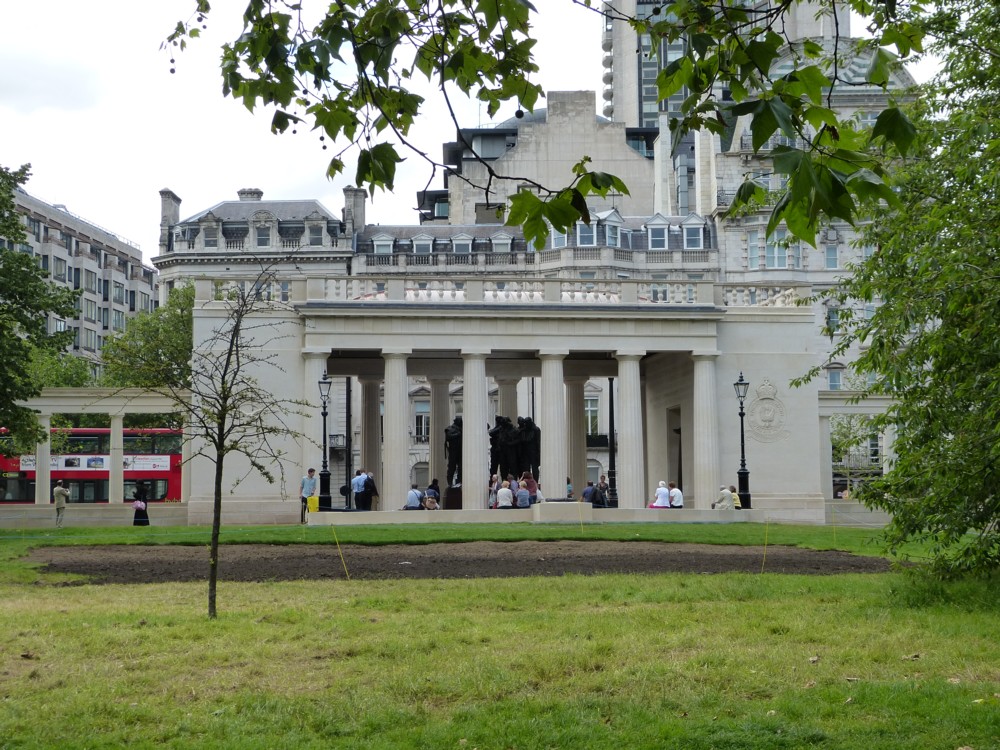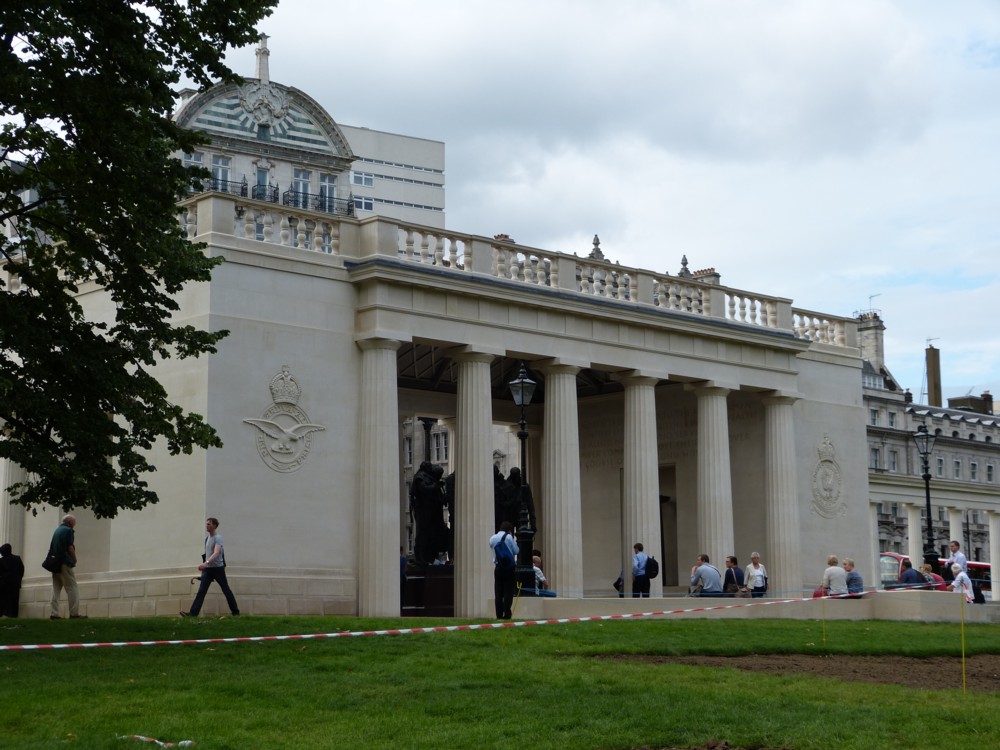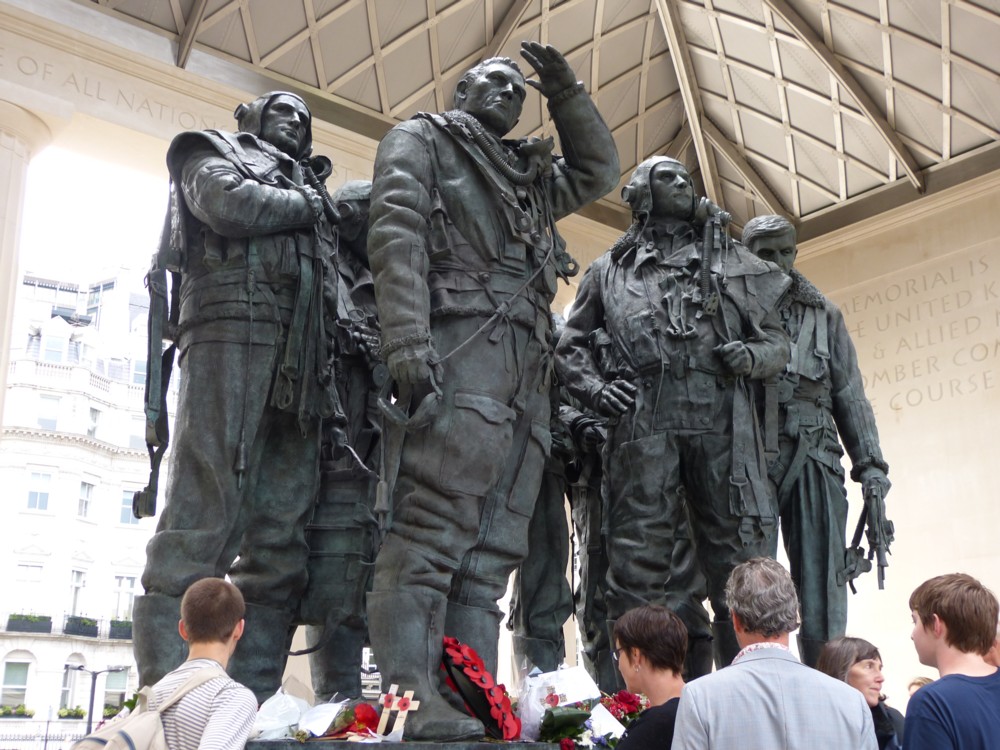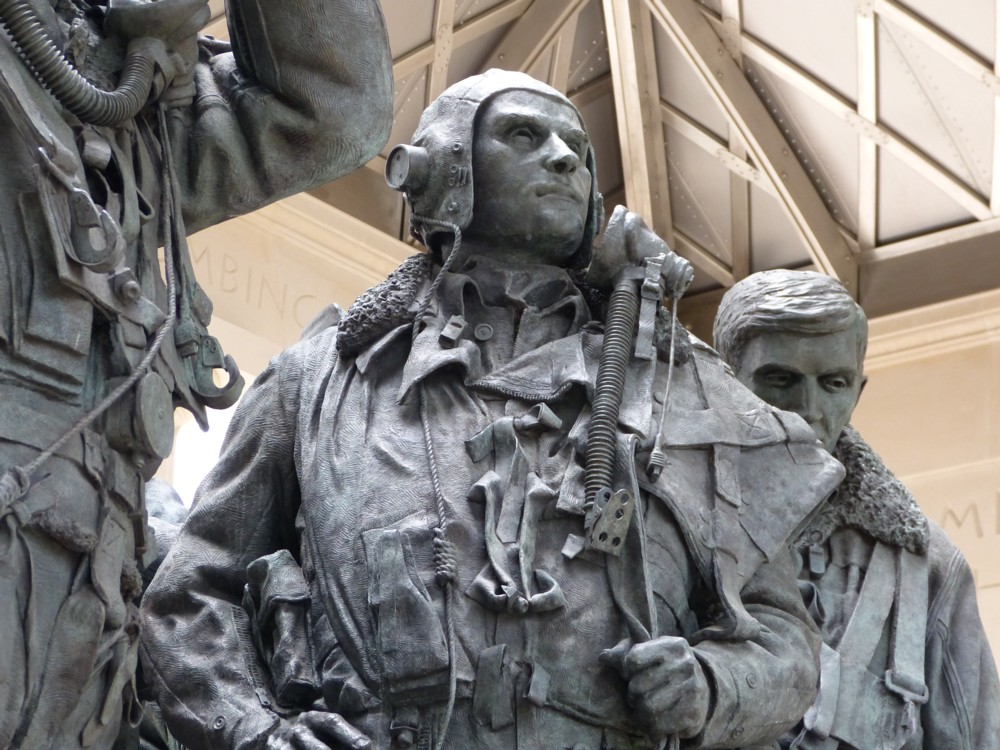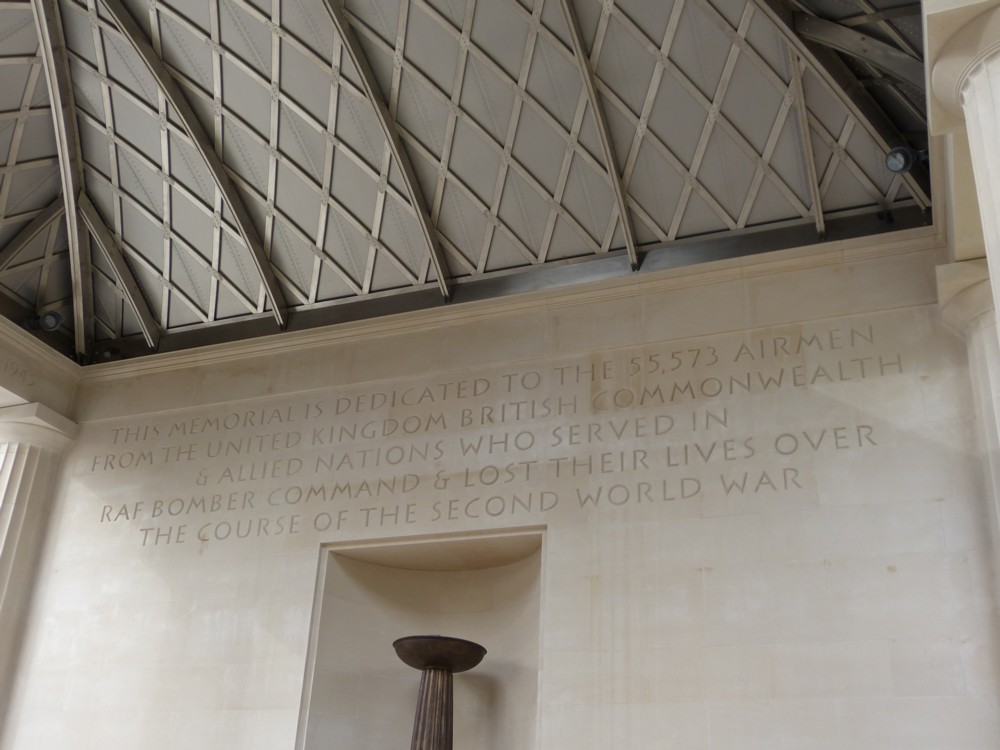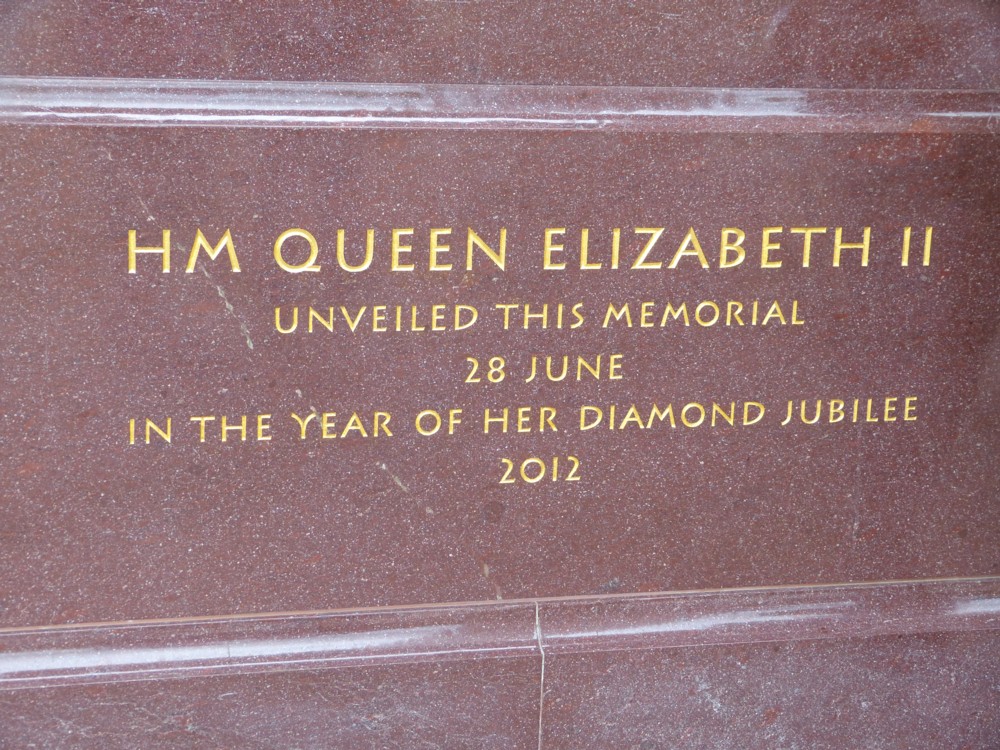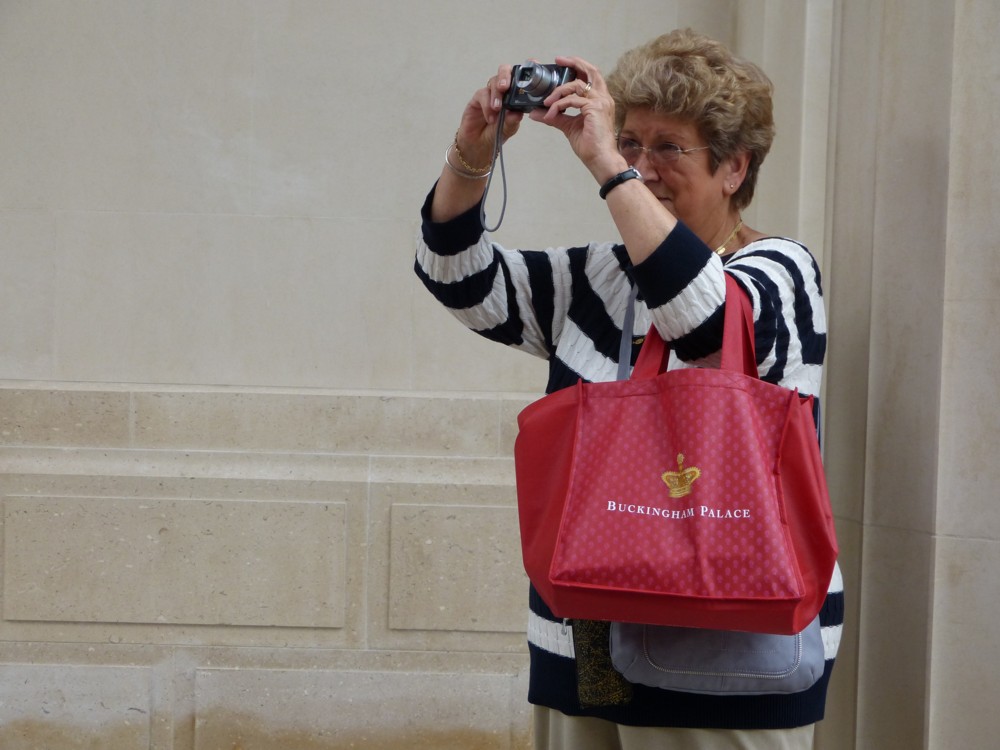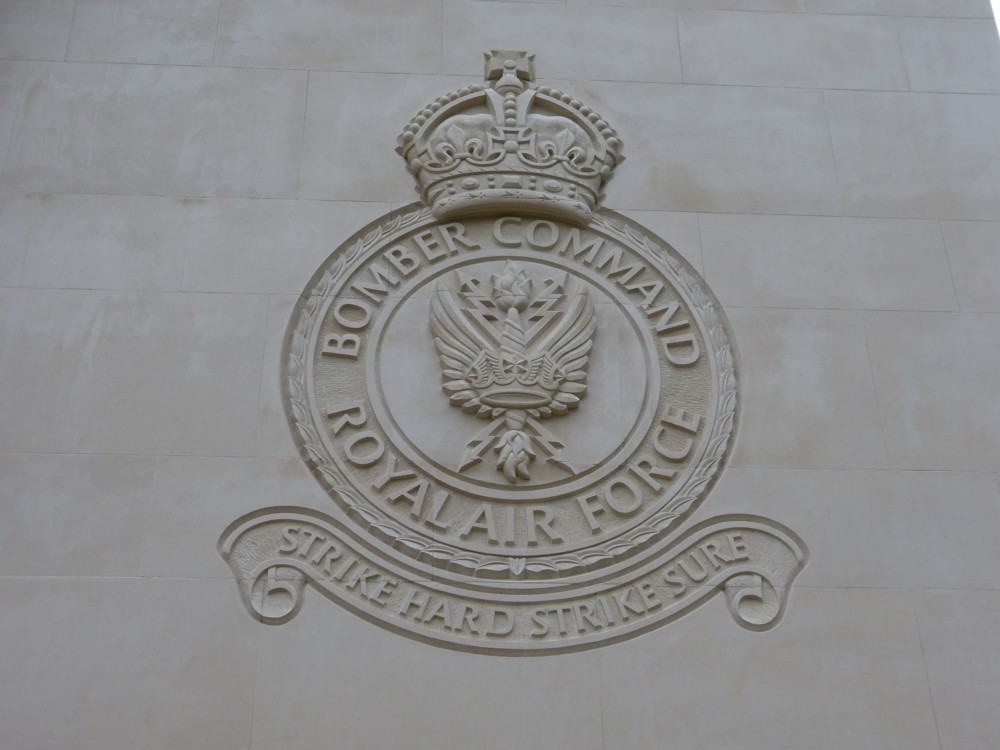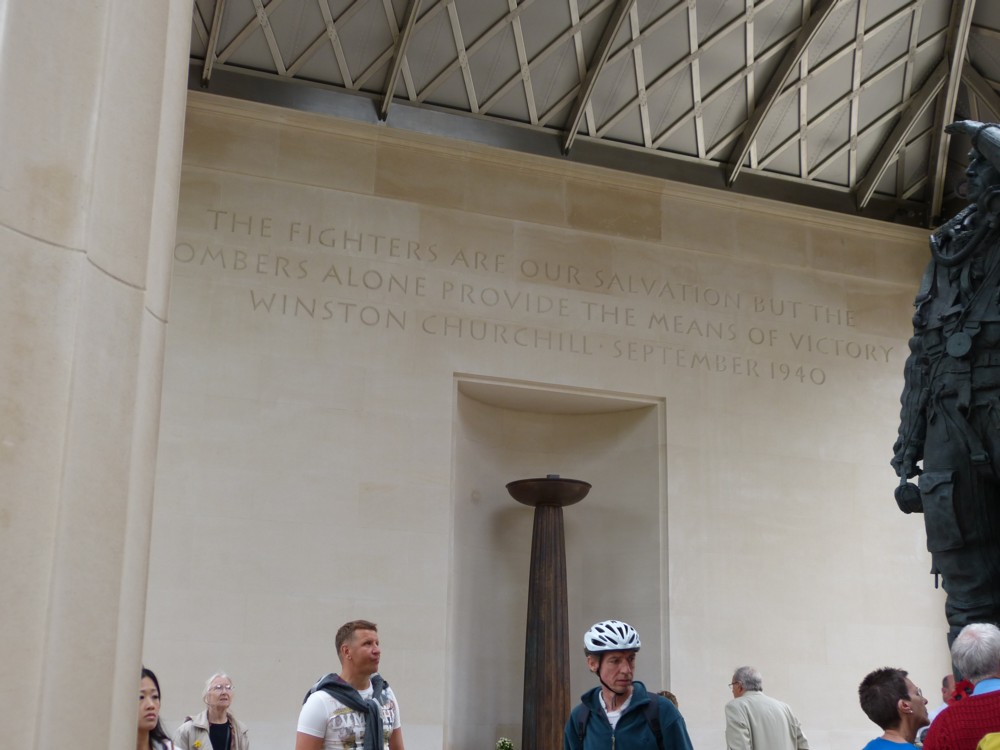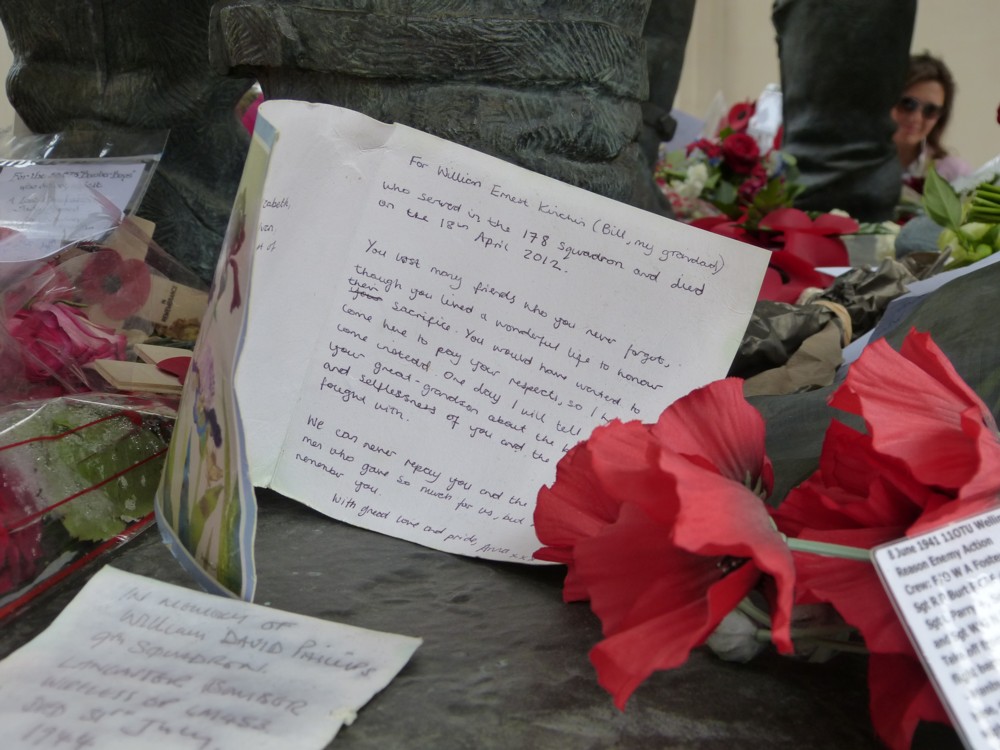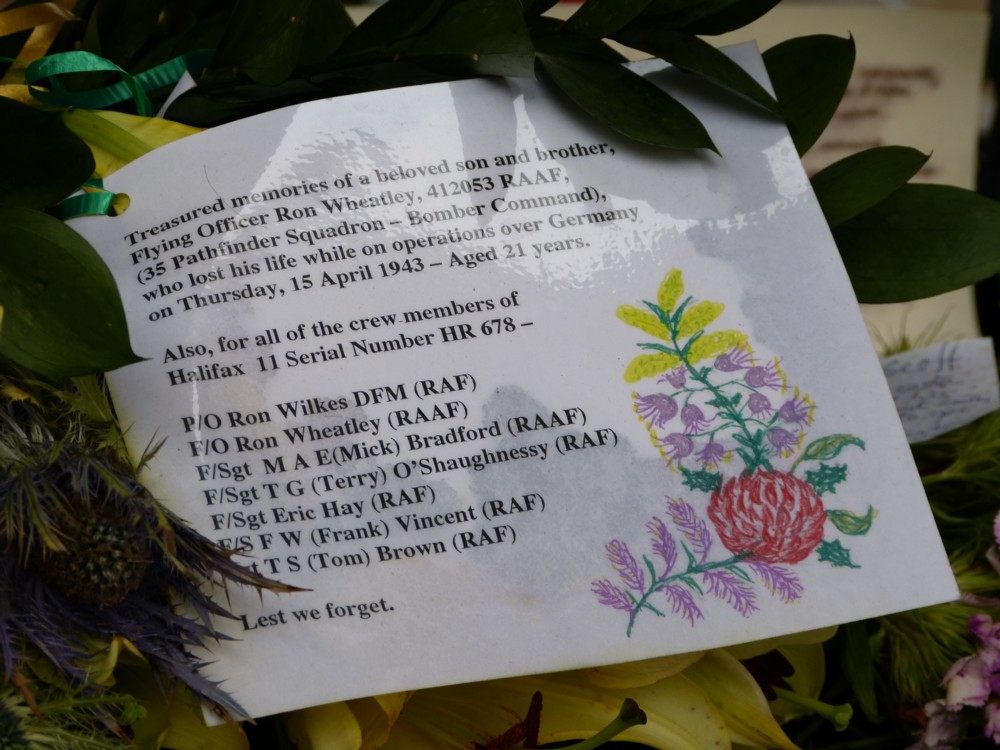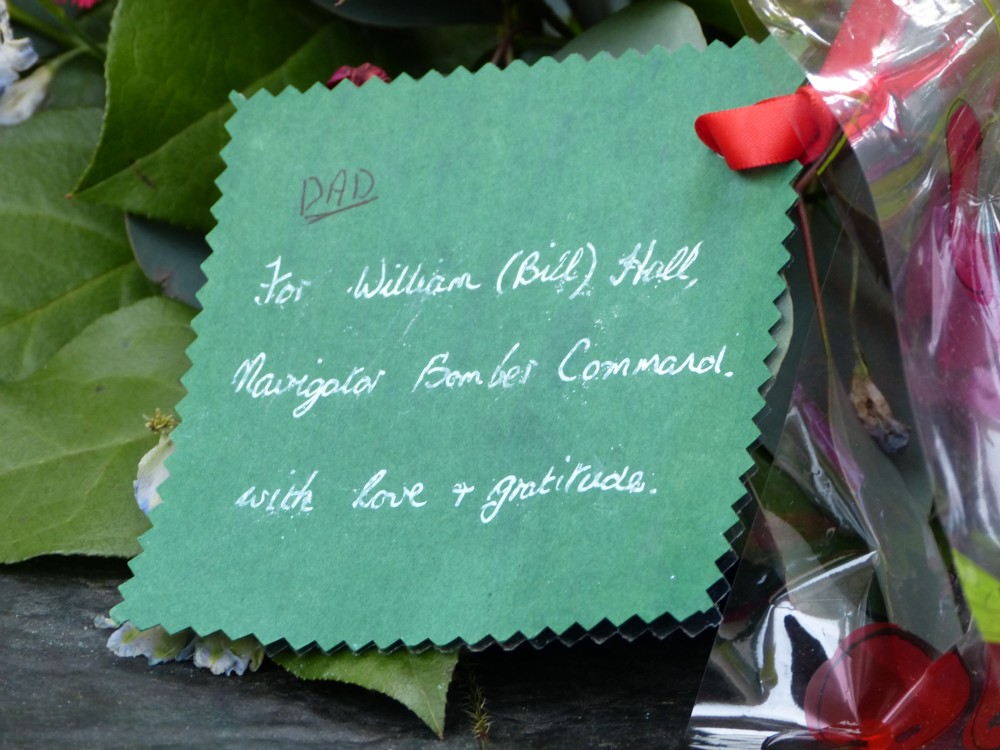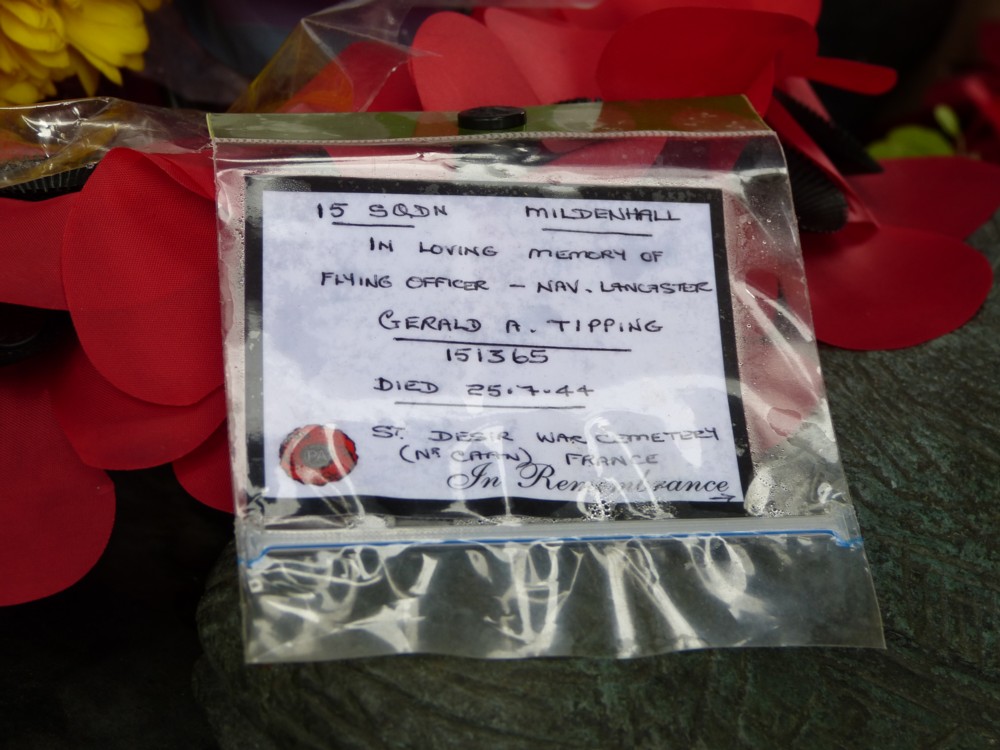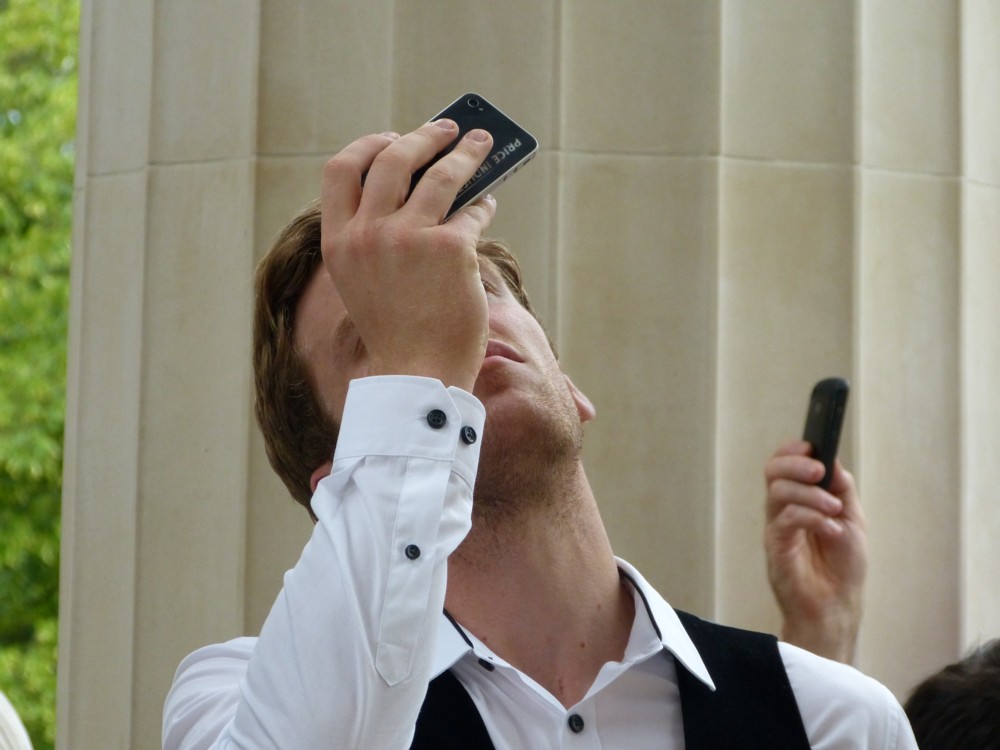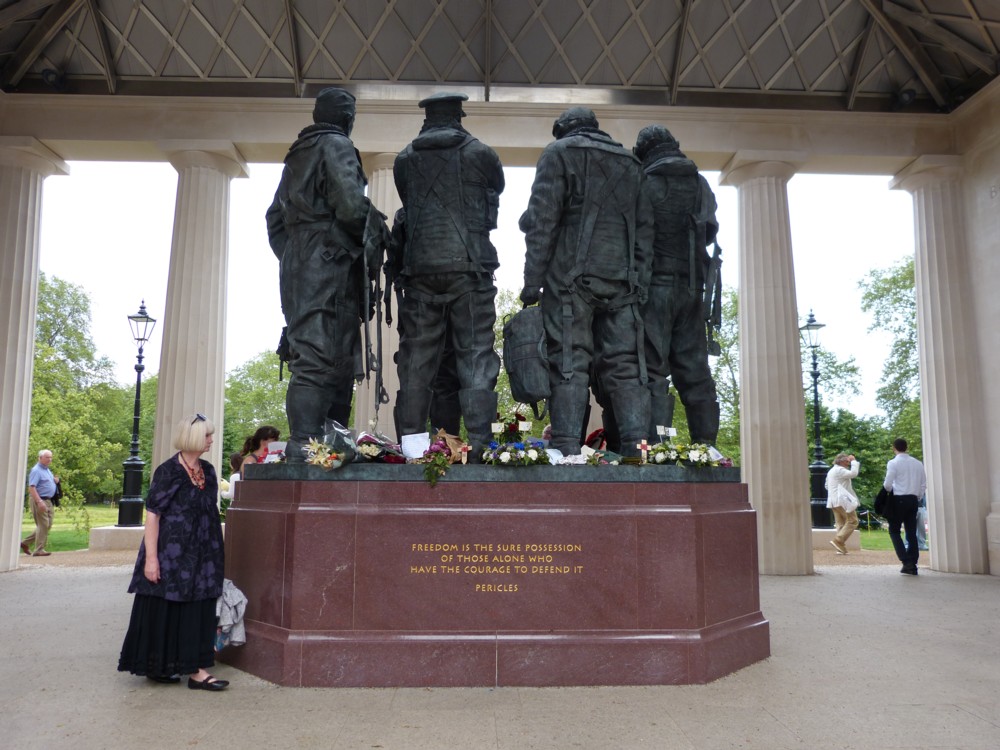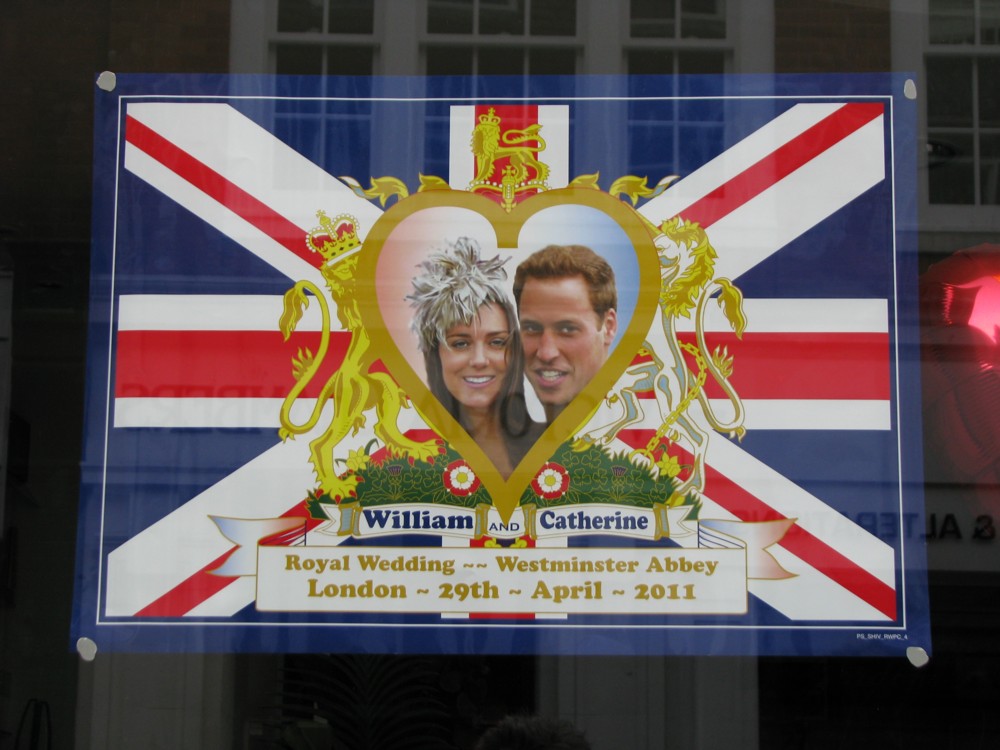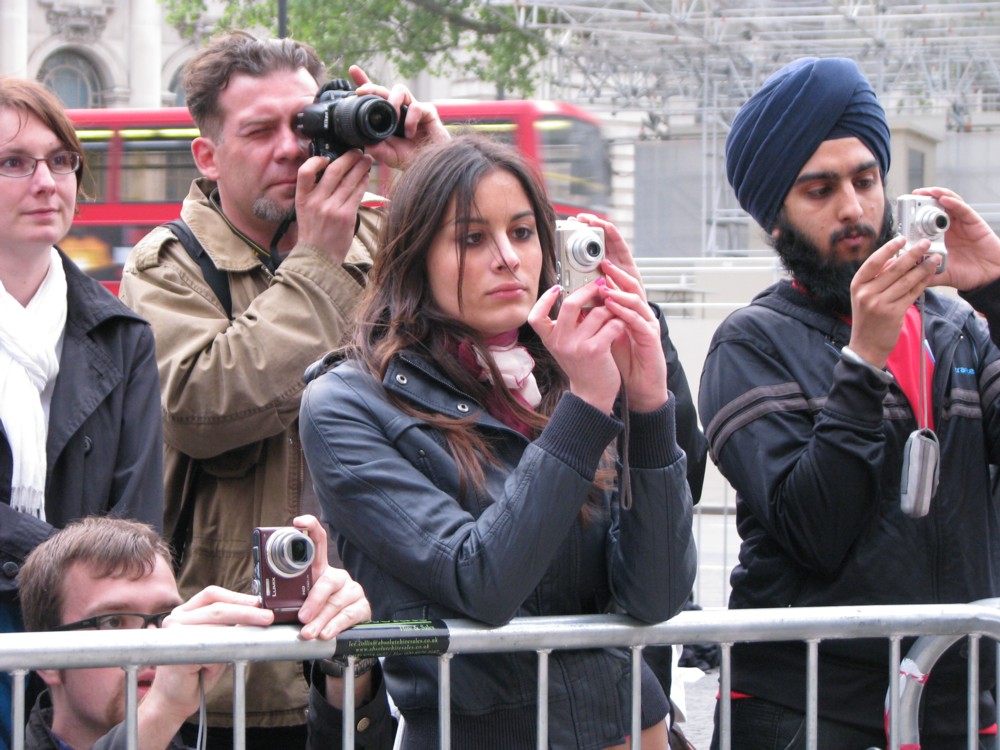I returned to the Radio Bar at the top of the Hotel ME on Saturday 7th of this month, when the weather was brighter and breezier. I was in a hurry to be back for an appointment at home, and did not have time to really look at what I was photographing, and anyway, my eyesight is poor and I can’t see a lot of it if I want to.
So, for instance, when I took this picture, …:
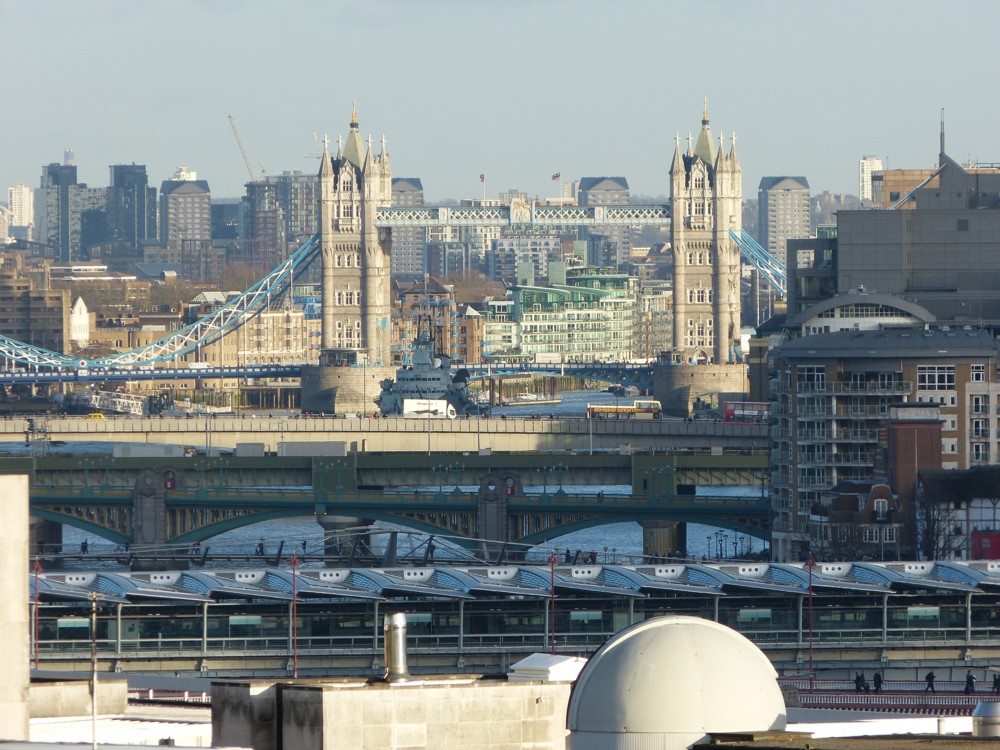
… I thought I was photographing just the one big, obvious bridge, the one with the towers. But it turned out that I was photographing seven bridges. Newcastle eat your heart out. Sorry about that big white circumcised cock in the foreground, getting in the way. It looks like it’s doing radar, but I doubt that.
Moving on quickly from that, let me itemise the bridges, from nearest to furthest away.
Here is a google map which shows how this picture was possible. Where it says “ME” (photo manipulation is not my strong suit but I did manage to add that), at the far left, is where I was standing, so ME means both me and the hotel of that name. Click on this map to get it bigger:
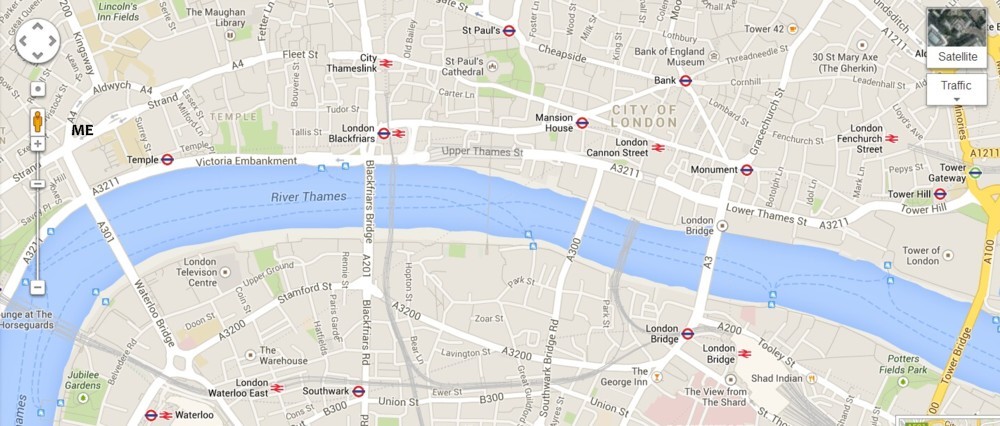
So, first, nearest to me, on the right of the big white cock, we can see pedestrians crossing the river on Blackfriars Bridge, the road version.
We cannot then see the isolated, do-nothing columns of the Blackfriars Railway Bridge that isn’t, so that doesn’t count. But just beyond those columns, we do clearly see, second, the Blackfriars Railway Station Bridge that is, with its long line of slanting roofs.
Third, we can see the upper parts of the Millenium Bridge (featured in the bottom three pictures here, where there is also another snap of those weird Blackfriars columns), the footbridge that famously wobbled when first opened, which does about half the job of taking pedestrians between Tate Modern to St Paul’s Cathedral.
Fourth, slightly green despite being in the shade, is Southwark Bridge.
Fifth, there is the severely functional railway bridge that takes the trains from the south east over the river to Cannon Street Station. You can just make out a clutch of signals at its left hand end as we look at it.
Sixth, we have “London Bridge”, and I can help adding sneer quotes. What a come-down that bridge is from how London Bridge used to be. No wonder so many people think that Tower Bridge is London Bridge. The actual London Bridge is so boring.
One of the reasons I especially like the new Blackfriars Railway Station Bridge is that it sets a precedent for putting buildings on a London bridge, and makes it more likely that London Bridge itself might one day be rebuilt in something like its former glory. Maybe not quite as tall as it once was, but with buildings on it, like Ponte Vecchio. What would be particularly cool is if, just as in former times, a new London Bridge could be built, strong enough to be a platform for buildings, but if it was then left to individual plot owners to decide exactly what to put on each plot.
And finally, seventh, there is Tower Bridge, at the far right hand end of the map.
London. It just keeps on getting better.

